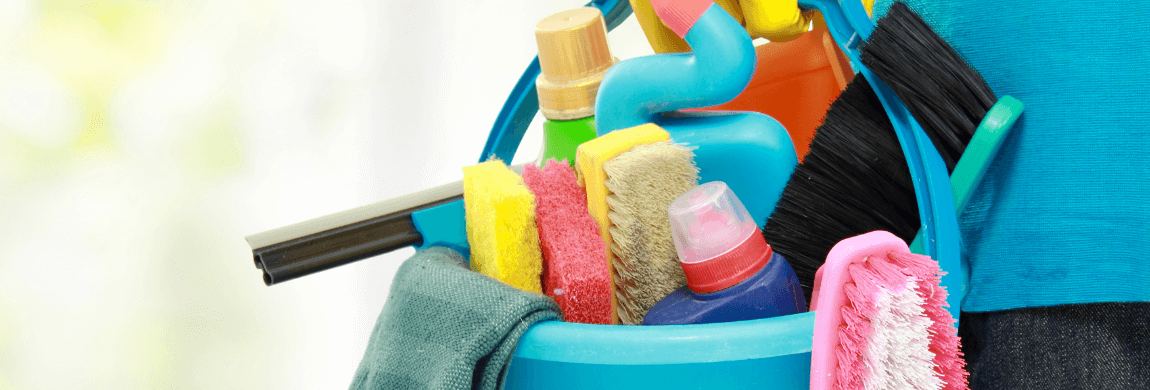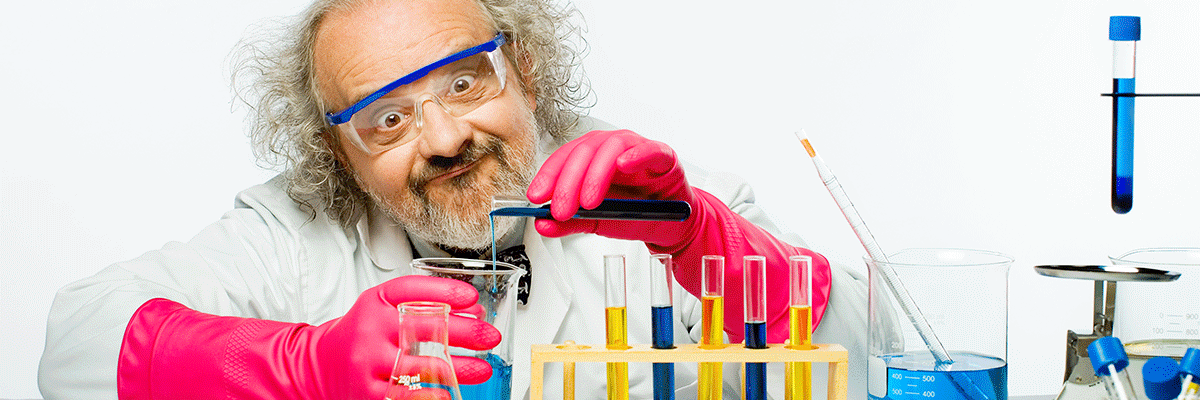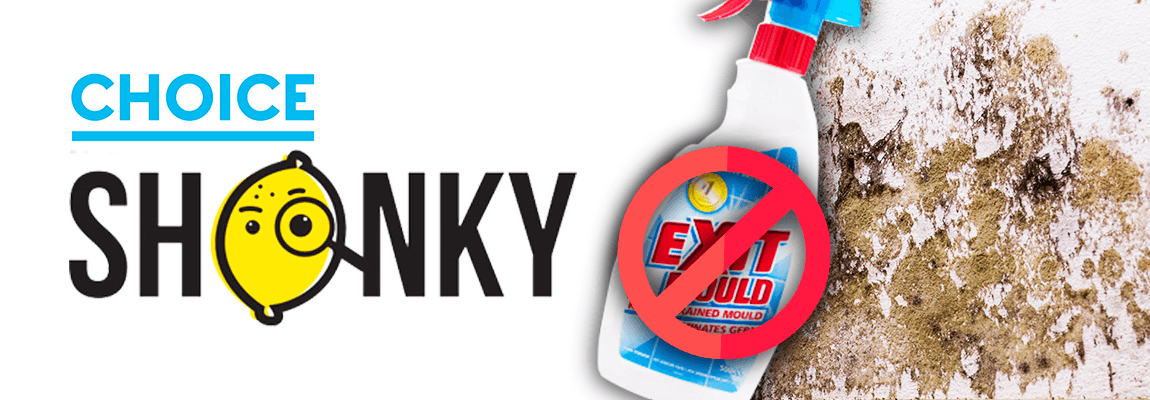Published on November 18th, 2019

If you’ve been in a battle against mould, you’ll know the dilemma: to bleach or not to bleach?
I know that bleach is a health hazard, but it often seems like the only effective way to fight the darkness slowly invading my home.
Well, there’s bad news and good news. It turns out that bleach doesn’t actually kill mould! According to the ABC’s resident mycologist Dr Neumeister-Kemp, bleach does more harm than good:
“The fungi contain melanin, and the bleach just takes the colour out, but the fungi are still there, you are just masking it… Six weeks later it appears to come back, but it was never gone.”
So what to do?
The good news is that there are natural mould-killing alternatives, and unlike bleach, they actually work.
Top Natural Ways to Get Rid of Mould
There are four main natural cleaning products that can help you get rid of mould. These can be used in isolation or together, depending on your mould situation and what you have on hand.
 White vinegar
White vinegar Tea tree oil
Tea tree oil Hydrogen Peroxide
Hydrogen Peroxide Bicarbonate soda
Bicarbonate sodaCleaning Mould with Vinegar & Tea Tree Oil

The first, simplest option for cleaning mould is white vinegar. Vinegar is a mild acid, and unlike bleach, it actually kills the mould.
"The vinegar attacks the fungi mechanically, so it actually, via osmosis, penetrates into the structure and explodes it, so you actually kill the fungi." - Dr Neumeister-Kemp
This means that vinegar gets to the source of the mould problem, and actually kills the spores living in the walls, rather than just hiding it like bleach does.
Tea tree oil has antimicrobial properties, making it an excellent mould-buster. Adding tea tree oil to vinegar in a spray bottle makes for a serious mould-killing spray. For a 500ml spray bottle, you need about 30 drops of tea tree oil (15 drops per 250ml).
 |
For a mild/small mould problem: Spray white vinegar and tea tree oil onto the mould, saturating it completely. Let it soak for 15 minutes before wiping the area clean with water. |
 |
For a more serious mould problem: Saturate the mouldy area with the vinegar/tea tree solution and let it sit for an hour. If you want, you can come back during the hour and re-saturate the area (especially if the mould is on a vertical surface, and the vinegar is running off the surface). |
After an hour, wipe clean with water and allow the surface to dry. If the mould returns, you may need to treat it repeatedly over a series of weeks, until the mould is totally gone.
This method should work without the tea tree oil, but using tea tree and vinegar together gives you the best chance of defeating the mould monster.
Cleaning Mould with Hydrogen Peroxide

Hydrogen peroxide is anti-fungal, anti-viral and anti-bacterial. To kill mould, pour 3% concentration hydrogen peroxide into a spray bottle, spray the mould liberally and leave for 10-15 minutes. Then, scrub clean and rinse with water.
Cleaning Mould with Bi-Carb Soda
Bicarbonate soda can also be used to kill mould. Bi-Carb is a natural disinfectant and does not have a strong smell (unlike vinegar). It can be used to kill mould on non-porous surfaces, but vinegar is a better bet for mould on any porous surface (including gyprock walls).

Mix a small spoonful of Bi-Carb in a full spray bottle of water, and shake to combine. Spray the solution onto the mould, scrub the mould away, and then rinse.
Expert Mould Removal

There you have it! Our top three natural ways to kill mould. If you have a serious mould problem that you haven’t been able to get rid of, you should call the expert mould remediation specialists, on 13 27 13. We remove mould at its source and guarantee that it will stay gone for a full 12 months.
SUBSCRIBE TO OUR NEWSLETTER
Sign up for email promotions, tips and special offers.






